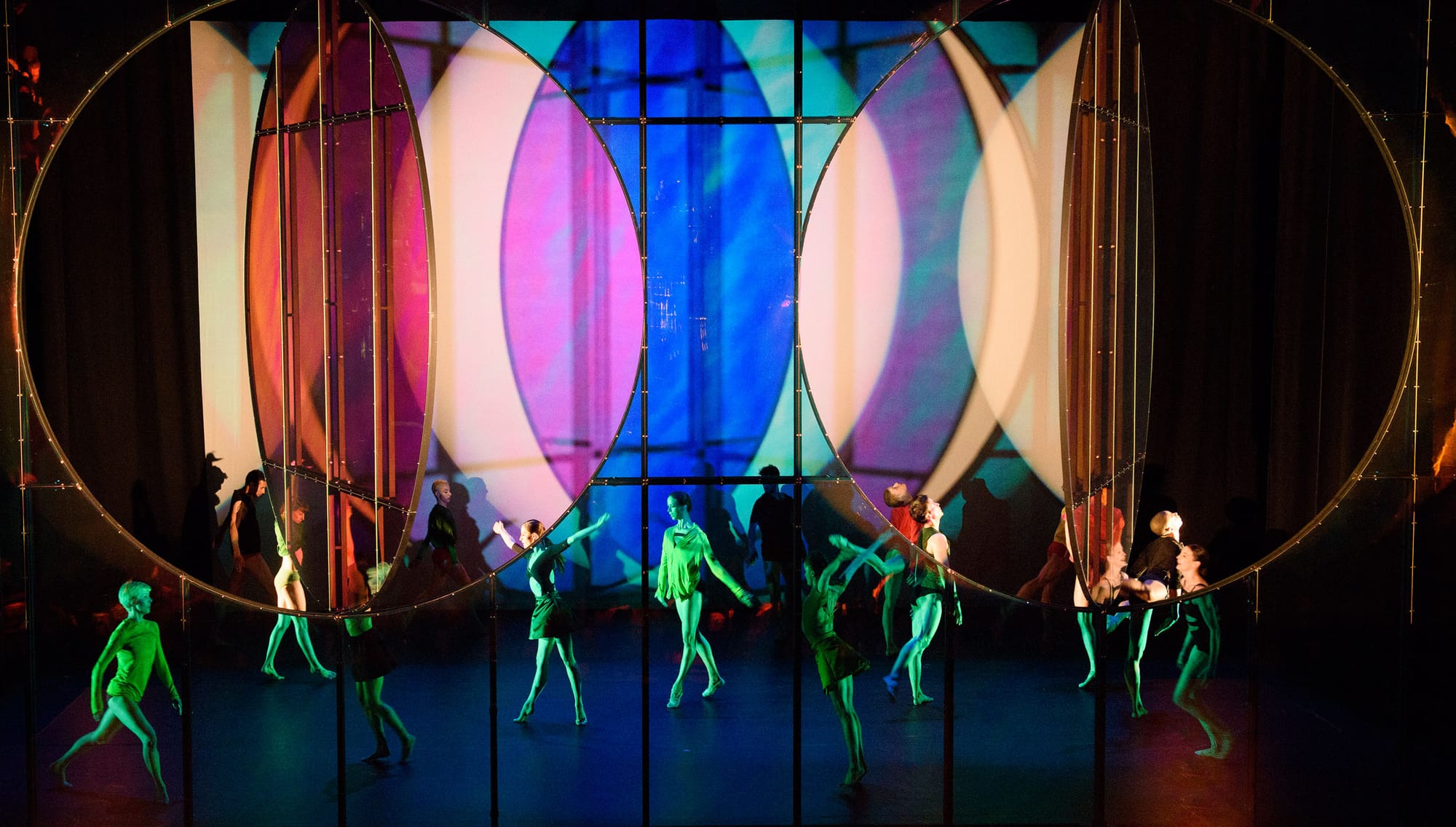
Opera and art - "Gesamtkunstwerk"
Richard Wagner coined the term Gesamtkunstwerk in the 19th century, and it translates as a "total work of art". Many contemporary artists are now also working on opera sets or ballet decors, and are even producing operas.
As some of you might know, I am a classical music and opera aficionado. I also love art, both contemporary and beyond, and visit hundreds of exhibitions a year. Richard Wagner coined the term Gesamtkunstwerk in the 19th century, and it translates as a "total work of art". It refers to a concept where multiple art forms, such as music, theater, poetry, visual art, and architecture, are unified into a single, cohesive artistic experience. Wagner envisioned opera as the ideal platform for this integration, where different artistic disciplines could come together to create a complete and immersive artistic experience.
Wagner and the birth of Gesamtkunstwerk
Wagner's idea of Gesamtkunstwerk was largely born out of his desire to transform opera into something beyond just a musical or dramatic performance. He saw the traditional opera of his time as overly focused on the vocal and musical elements, often at the expense of dramatic coherence or emotional depth. He believed that opera should integrate all forms of art in service of a higher purpose, creating a holistic experience for the audience.
Wagner saw opera as the perfect vehicle for Gesamtkunstwerk because it naturally combines different forms of expression:
- Music: The score creates the emotional atmosphere and guides the dramatic tension.
- Drama: The narrative structure of opera serves as the foundation, with characters and storylines driving the overall message.
- Poetry: The libretto, or text of the opera, adds depth through its use of language, symbolism, and thematic content.
- Visual Art: Costumes, scenery, and stage design enhance the visual aesthetic and immerse the audience in the world of the opera.
- Dance: In some operas, ballet or choreographed movement contributes to the overall spectacle.

Wagner's "Der Ring des Nibelungen" (the "Ring Cycle") is one of the most famous examples of a Gesamtkunstwerk. The four-opera cycle integrates mythology, intricate musical motifs (leitmotifs), a complex dramatic narrative, and innovative stage designs into a singular, epic work. Wagner himself was heavily involved in every aspect of production, from writing the libretti to designing costumes.
The idea of Gesamtkunstwerk continues to inspire contemporary opera productions. Modern directors often experiment with multimedia, incorporating elements like digital projections, innovative lighting, and complex stage mechanics to enhance the unification of the various arts.
Contemporary artists and opera
Many contemporary artists have embraced opera, taken part in an opera production or even created operas or opera-like performances from scratch. William Kentridge produced Wozzeck, an opera by Alban Berg, in 2017. It is an atonal opera, composed between 1914 and 1922, and is one of the most important works of the 20th century. Based on Georg Büchner's unfinished play, the opera explores themes of madness, alienation, and the brutality of society through the tragic life of its protagonist, Wozzeck, a tormented soldier. Berg's score employs atonal music, dissonance, and intricate structures like leitmotifs to reflect Wozzeck's psychological fragmentation, as well as social and existential despair. The opera's intense emotional power, innovative orchestration, and raw portrayal of human suffering place it at the forefront of Expressionist music, profoundly influencing modern opera. In 2015, Kentridge also worked on Lulu, another opera by Berg. More recently, I saw The Great Yes, The Great No by Kentridge at the LUMA in Arles, part of the Festival d'Aix-en-Provence. The story is about a cargo ship leaving Marseille for Martinique, with several artists and intellectuals escaping from Vichy France, including André Breton, Claude Lévi-Strauss and the Cuban artist Wifredo Lam. This real event takes a magical turn when Charon, the ferryman of the dead who has now been promoted captain, rearranges space-time and invites other celebrated figures to join this new kind of ark... I wouldn't classify it as a full opera, because of its duration and limited score, but it's definitely an extended musical theatre.

Contemporary artists and opera
In doing some research for an upcoming opera/ballet trip to Berlin I'm co-organizing with the Young Patrons Circle of the Nationale Opera & Ballet from Amsterdam, I came across a number of interesting artists working, or having worked, on opera productions. Rirkrit Tiravanija made set designs for the opera Hanjo, in collaboration with Haus der Kunst in Munich. Alicja Kwade is working on the stage design for the Bavarian State Opera's opera Matsukaze, which premiers in May 2025. Icelandic-Danish artist Olafur Eliasson has also designed for stages, for example for the contemporary ballet Tree of Codes with the Paris Opera Ballet. In February, the magnificent opera by Mozart Idomeneo, re di Creta premiers in Amsterdam with set designs by Chiharu Shiota. Shiota creates immersive installations featuring intricate webs of thread that explore memory, identity, and the interconnectedness of human experiences and objects. All of these artists have studios in Berlin, so that's why I mention them here.

The most well-known collaboration between contemporary artists and opera is probably at the Wiener Staatsoper, called Safety Curtain. Since 1998, artists have designed the safety curtain in one of the most iconic opera buildings in the world. It started with Kara Walker and currently features Pipilotti Rist. In the past, artists included Matthew Barney, Tacita Dean, Joan Jonas, Anselm Kiefer, Rirkrit Tiravanija, Franz West and Rosemarie Trockel. I will soon write about these artists and their projects.


